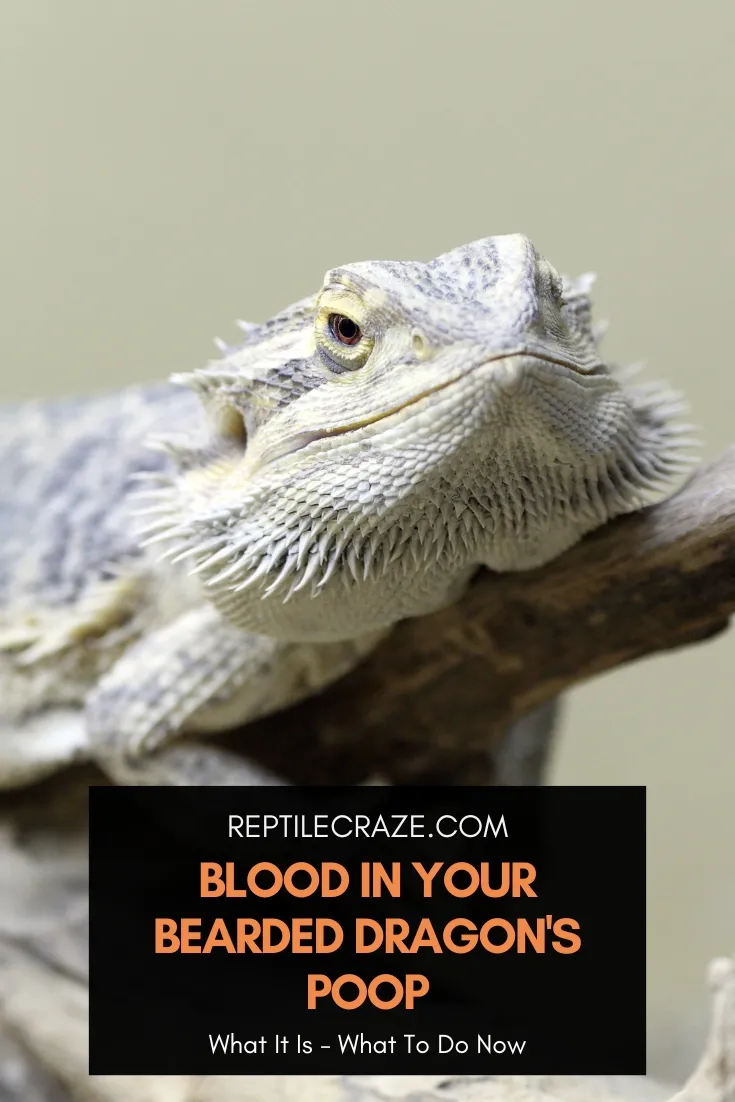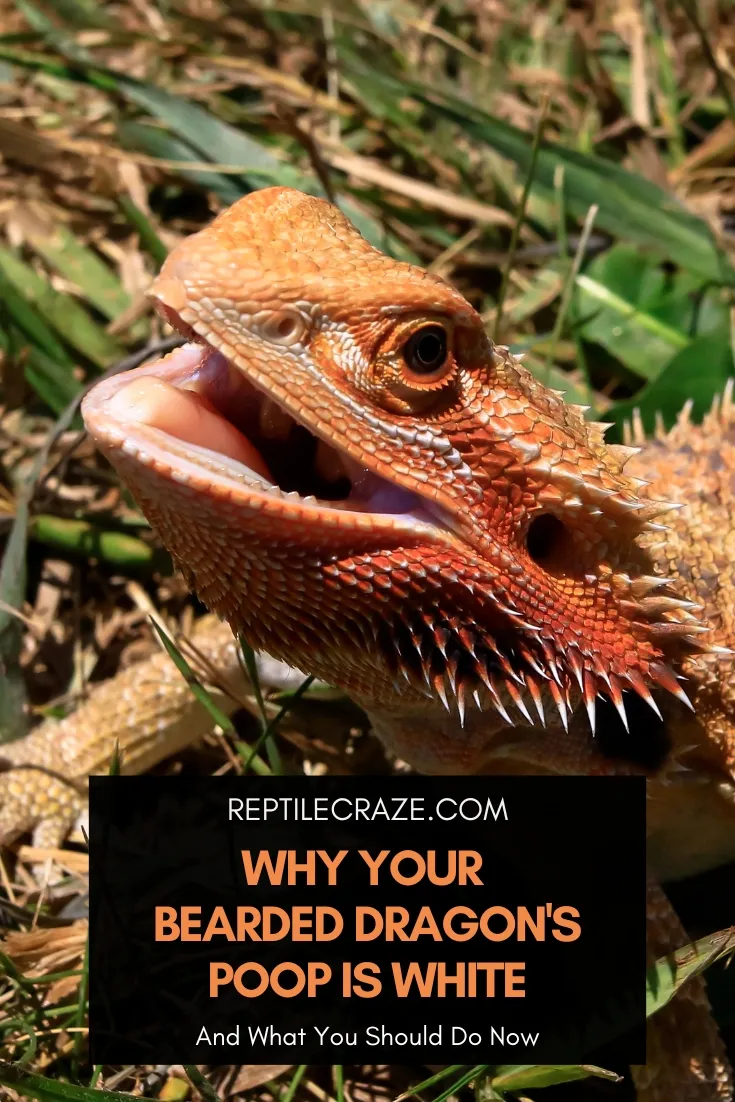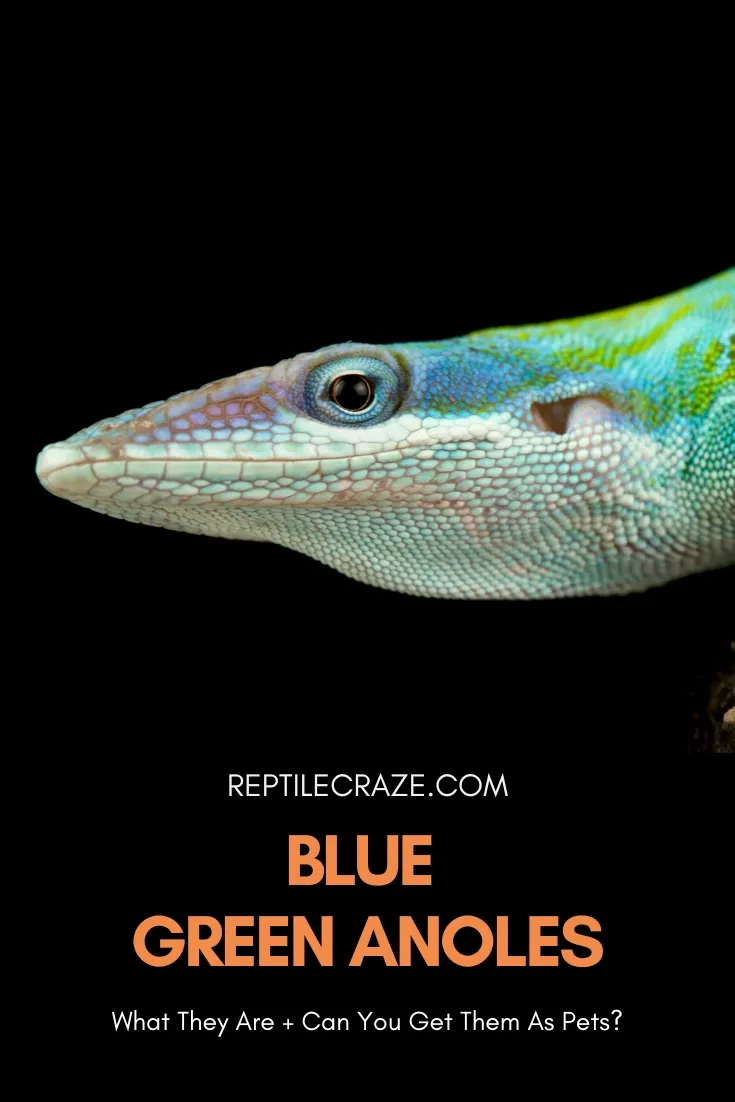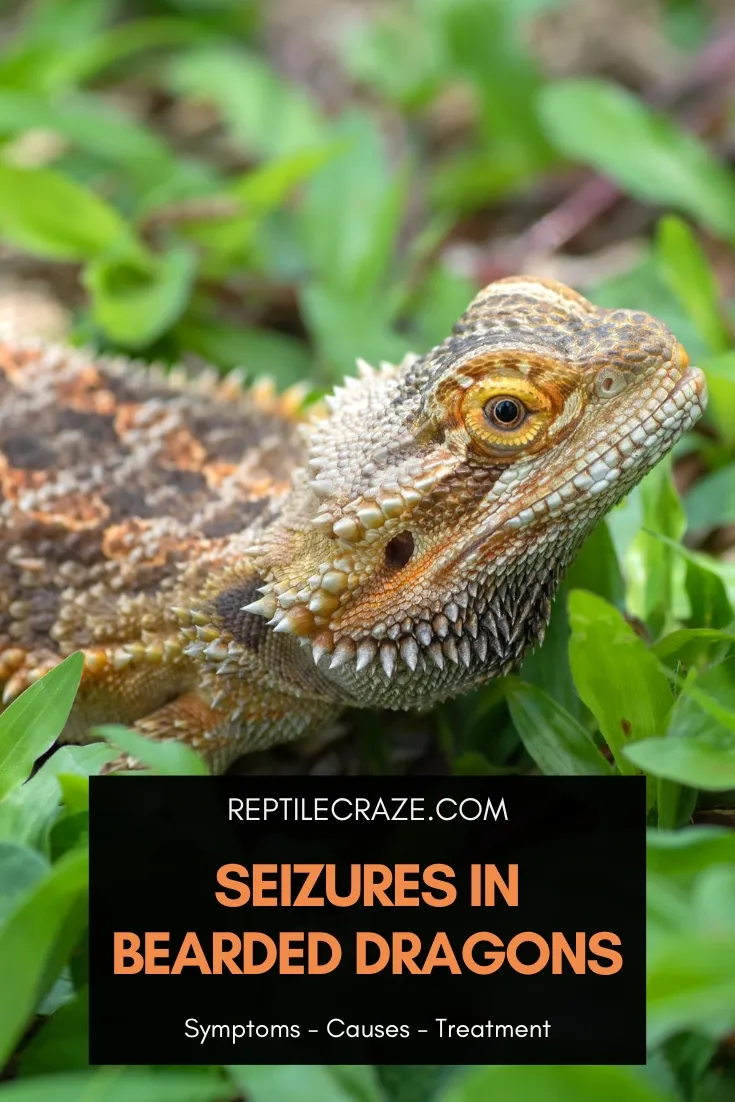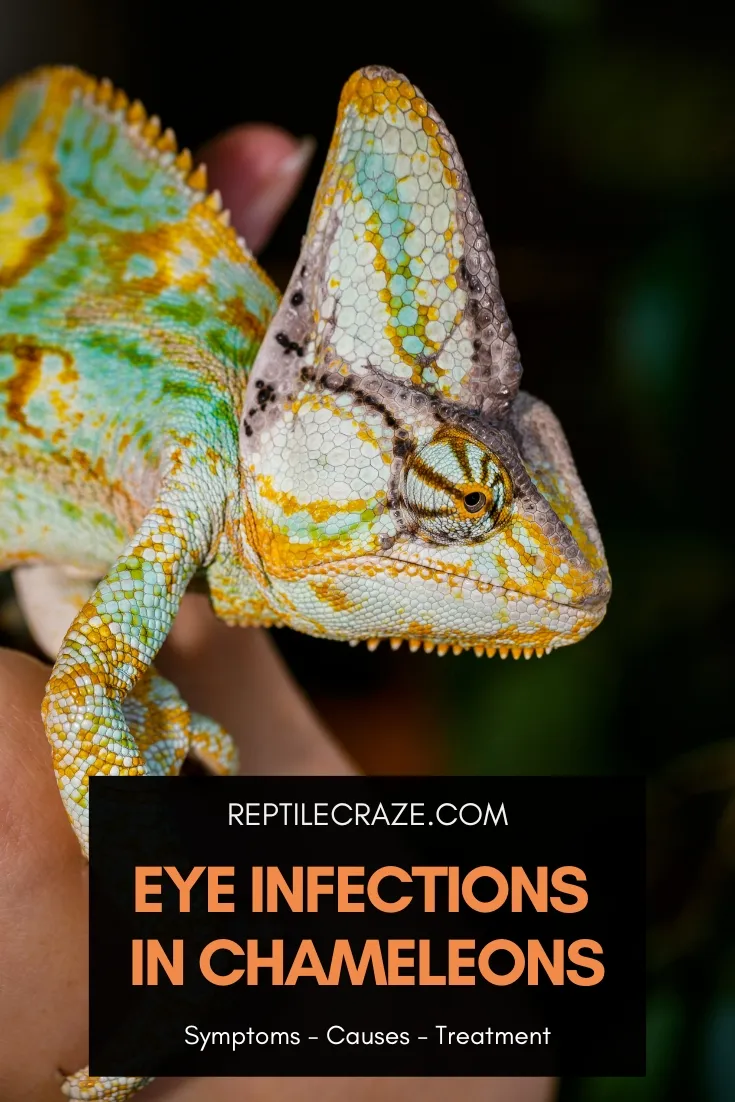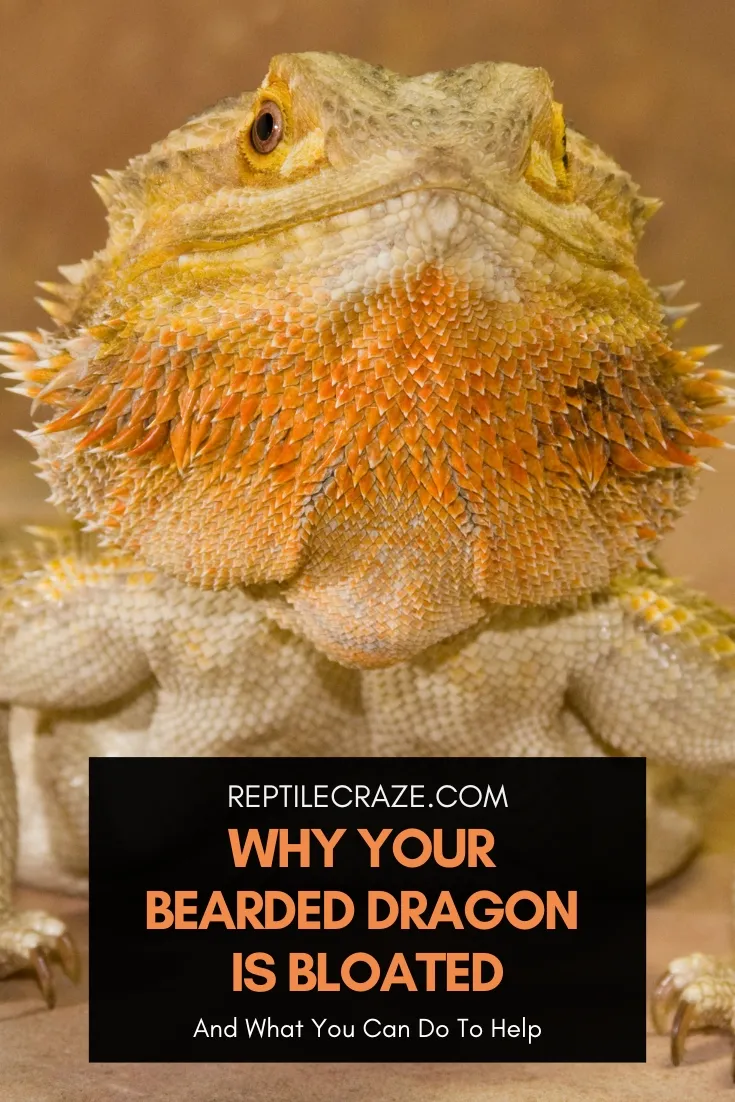Femoral pores are an interesting part of a beardie’s anatomy and have important functions for wild bearded dragons. A pet beardie who is kept in appropriate conditions is unlikely to suffer from clogged femoral pores. Causes of clogged femoral pores in bearded dragons include; too small-sized tanks, low humidity or temperature, loose or smooth substrates, …
Reptile Questions
Seeing some red color in your bearded dragon’s poop can be very scary. You may start freaking out and wondering whether your pet is gravelly ill or if it is bleeding internally. But, should you really be worried if you notice some blood in your pet’s poop? Is there something you can do to help …
It might not be the best part of having a reptile pet, but observing any changes in feces or urates whilst checking on your beardie and performing daily cleaning, is an important part of their care. Being aware of what’s ‘normal’ for them, helps you to detect problems early and improve the chances of proper …
Novice bearded dragon keepers are always curious to know how long bearded dragons can go without heat. If you’re thinking along the same lines, you’ve landed in the perfect spot. Bearded dragons don’t do well for too long without warmth. These creatures can go up to 24 hours without heat, but only if the temperature …
If you’ve heard about blue green anoles and were curious, you’ve probably looked them up online. A Google search for “blue green anoles” yields no particular anole species but rather a few that might meet the criteria for color. Blue green anoles exist but point to more than one species. They may refer to Anolis …
Most Bearded Dragon owners are not prepared for seizures occurring in their lizards. This condition, followed by horrifying trembling and muscular twitching, is not so common but can be highly stressful to see. Therefore, you should know what to expect and how to react when facing it. Bearded Dragon seizures are an unpleasant and potentially …
Chameleons are fascinating creatures with unique eye features and powerful vision that help them with catching their prey. Unfortunately, chameleons, like most other reptiles, are susceptible to eye infections that can lead to severe health issues if left untreated. Eye infections in chameleons can be caused by bacterial, viral, and parasitic diseases. Often, however, management-related …
Bearded dragons often fall off their owners’ hands. Veterinarians suggest they’re animated creatures, so they may even jump from things out of sheer curiosity! But how resilient are they to falling? Bearded dragons are semi-arboreal reptiles. Short-distance falls usually don’t cause any issues. However, the risk of injury depends on their age, prior health issues, …
It can be stressful when one day, you suddenly see your bearded dragon is bloated or has a puffed-up belly. Do you need to rush to the vet? Why is your bearded dragon bloated? Before panicking, it is good to know how to differentiate when this is a cause of concern or not. Bearded dragons …
Parasites are common within bearded dragons and sometimes they don’t show symptoms. However, if high levels of parasites are left untreated, they can cause serious problems and even become fatal. So, how long can your bearded dragon live with parasites? Healthy bearded dragons can live up to 10 years with low levels of parasites. However, …


